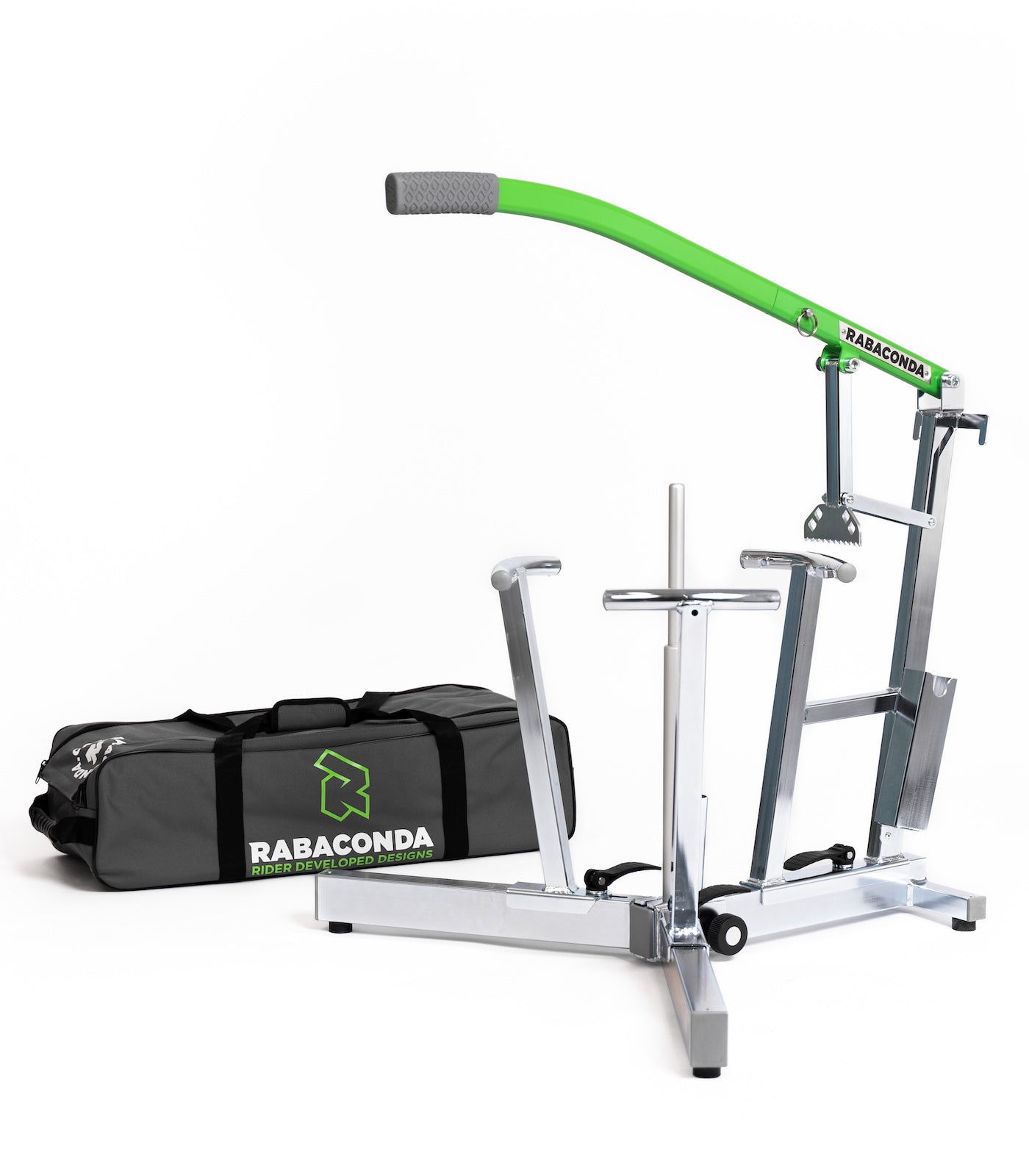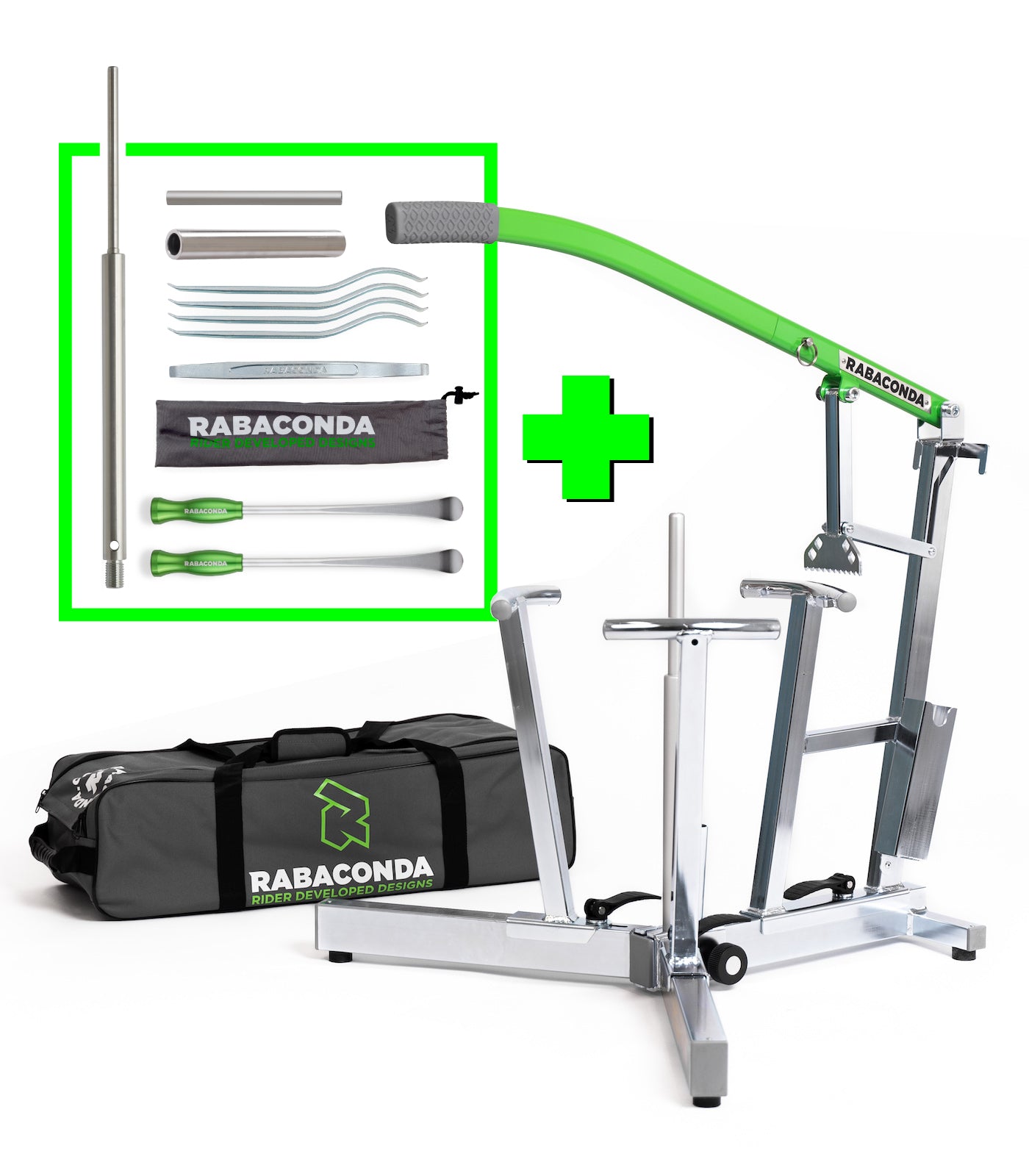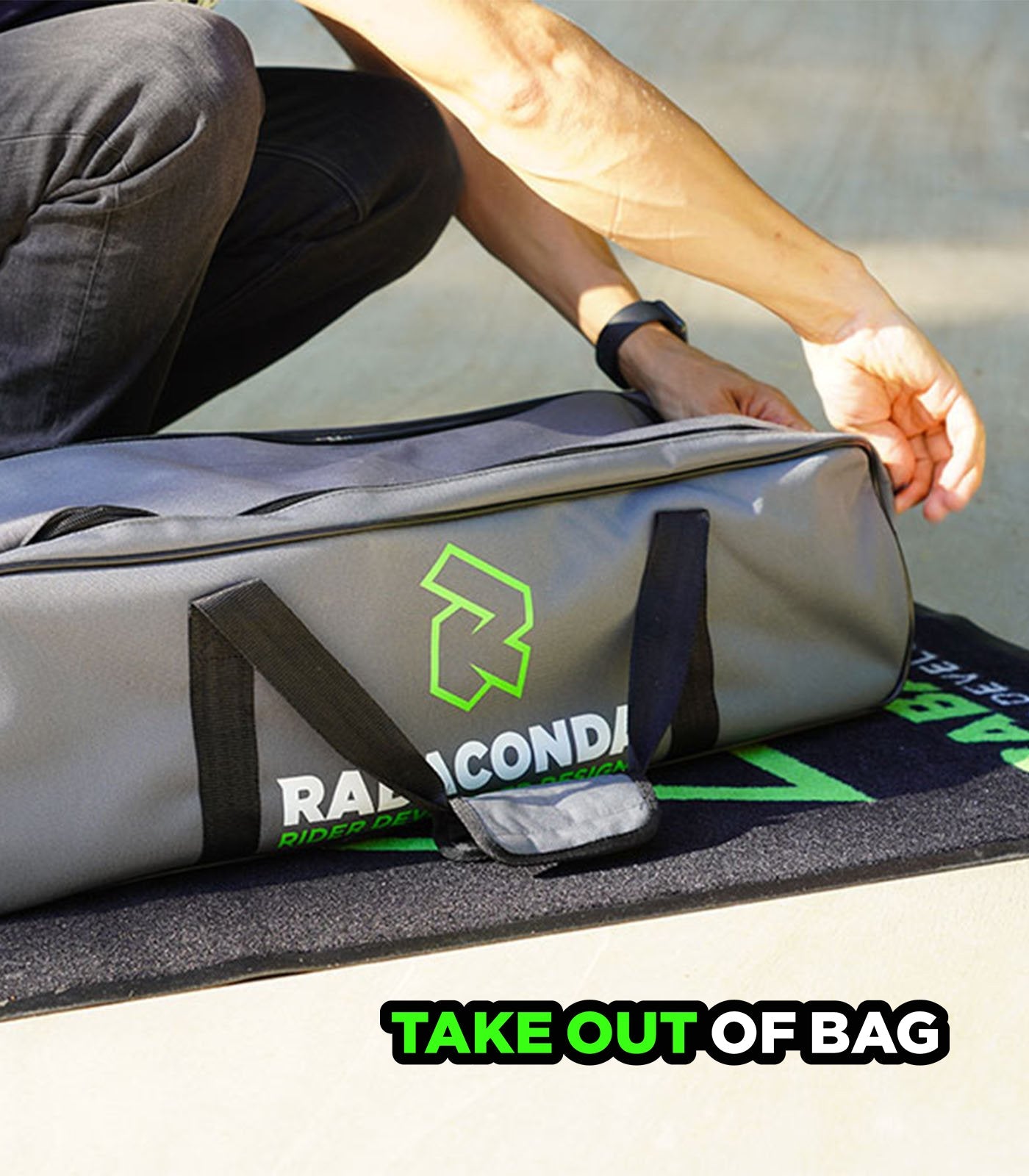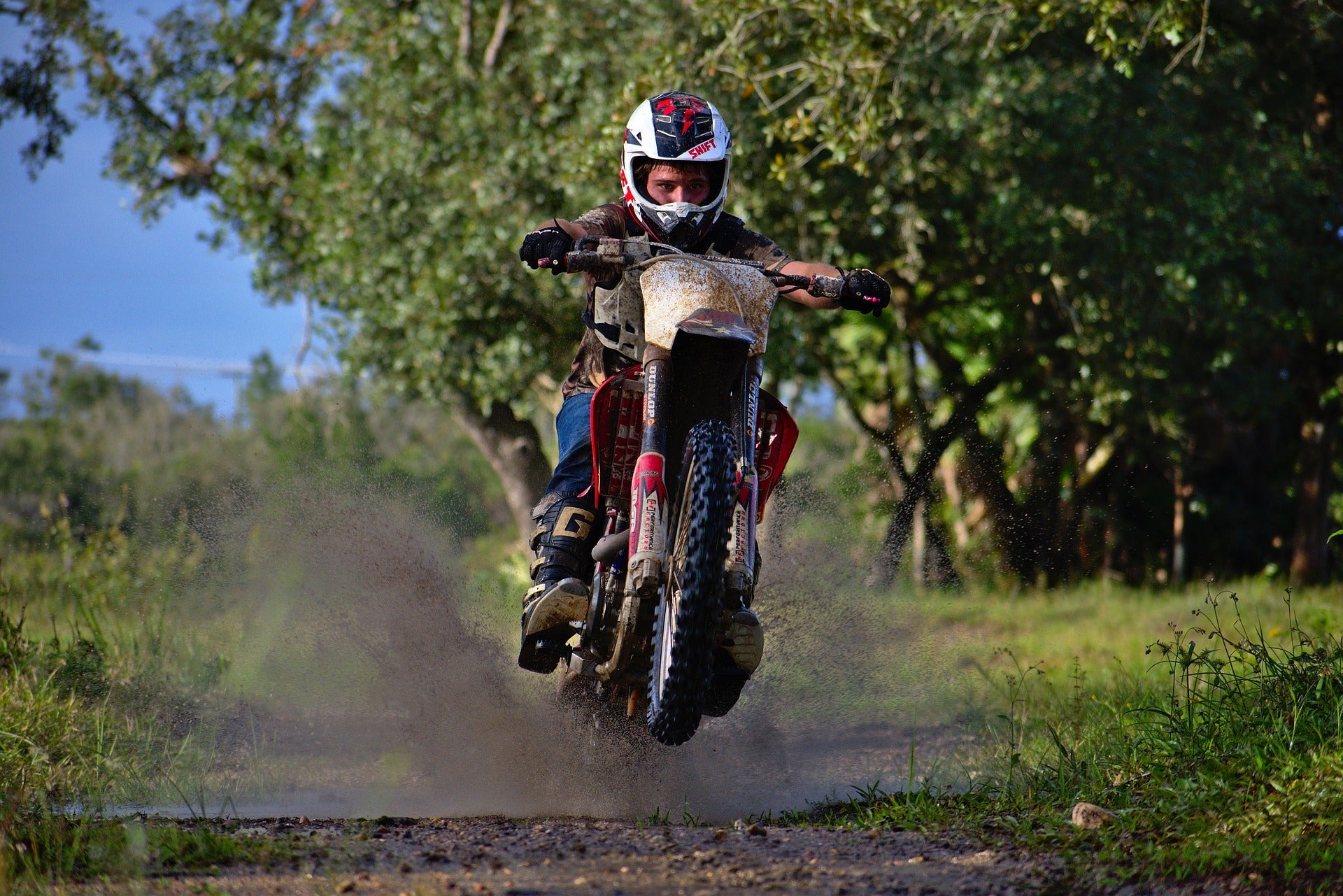Bib Mousses Explained
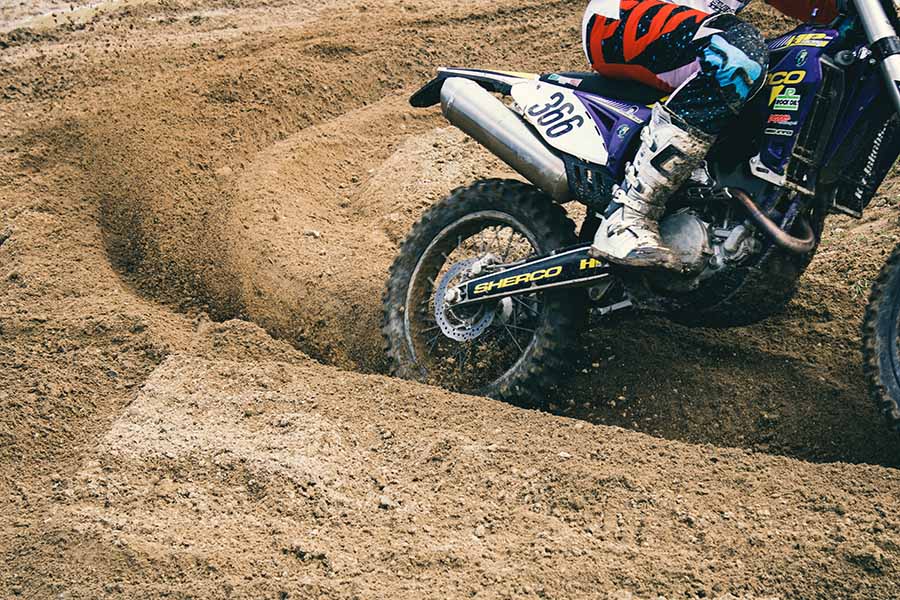
Just a few years back, the biggest debate among adventure riders involved tire choices. To be fair, endless tire discussions still pop up on forums and social media; but recently, we’re not just talking tires – we’re talking mousses. Until a couple of years ago, only rally and motocross racers used bib mousses. Now, it’s…everyone.
Bib mousses are making a grand entrance in the adventure riding world for good reason: nobody likes a flat tire. If you’re an adventure rider who mostly prefers staying off the road, you’re more than familiar with the annoyance of getting a flat somewhere in the Where the Hell Am I, Arizona (or wherever your BDR or TAT routes take you). It’s the same for dual-sport and dirt riders: trails are fun; flat tires are not.
But what exactly are bib mousses, should you try them out, and what are they most useful for?
Bib Mousses Explained
Essentially, a bib mousse is a nifty foam insert. Unlike your regular motorcycle tire tube, a mousse isn’t filled with air: it’s filled with butyl rubber foam dotted with tiny pockets of nitrogen gas. This makes bib mousses resilient to punctures – no nail, bush thorn, or sharp piece of wire can deflate a mousse.
Bib mousses first appeared in the rally racing scene when Michelin aimed to create a solution for long-distance rally racers. Flat tires and tube changes slow you down, and with the dawn of the bib mousse, this problem could be solved.

However, mousses have one weak point: heat. When overheated, mousses can, quite literally, melt – and that leaves you with a messy flat tire. Because of this, adventure and dual sport riders have been reluctant to use mousses, and most of us tended to assume mousse inserts were for racers only.
However, that’s not quite the case. According to Nitromousse, a leading company when it comes to bib mousses for rally, motocross, and enduro racing, adventure and dual sport riders can benefit from using these foamy tire inserts, too.
The overheating issue with bib mousses only happens when you ride your bike on tarmac at speed. To an extent, the overheating can be prevented by using generous amounts of silicone grease or lubricant; however, if you keep your speed in check and don’t exceed 45mph on tarmac in summer and around 57 mph in winter (these are just guideline figures, however), your bib mousse will be just fine.
Who Are Bib Mousses For?
First and foremost, bib mousses are meant for racing. However, if you mostly ride off-road, if you trailer your bike to off-road trails, or if your adventure riding mostly consists of exploring dirt trails rather than tarmac, a bib mousse might be your best bet. As long as you’re mostly off-road and don’t abuse your mousses on pavement at high speeds, you’ll be safe – and never get a flat tire again.

Here at Rabaconda, we’re big fans of bib mousses for several reasons. First off, we just hate flat tires, and we don’t ride pavement much. With Nitromousse or other bib mousse products, off-roading is just a lot more enjoyable when you get rid of the flat tire factor. And secondly, bib mousses are dead easy to change – our Bib Mousse Changer makes the job much simpler, faster, and painless. You don’t need to be a pro to get yourself a pair of bib mousses and change them on your own, hassle-free, and whenever it suits you!
Want to know more about bib mousses? Check out rtwPaul’s ADV Rider interview for the nitty gritty.



